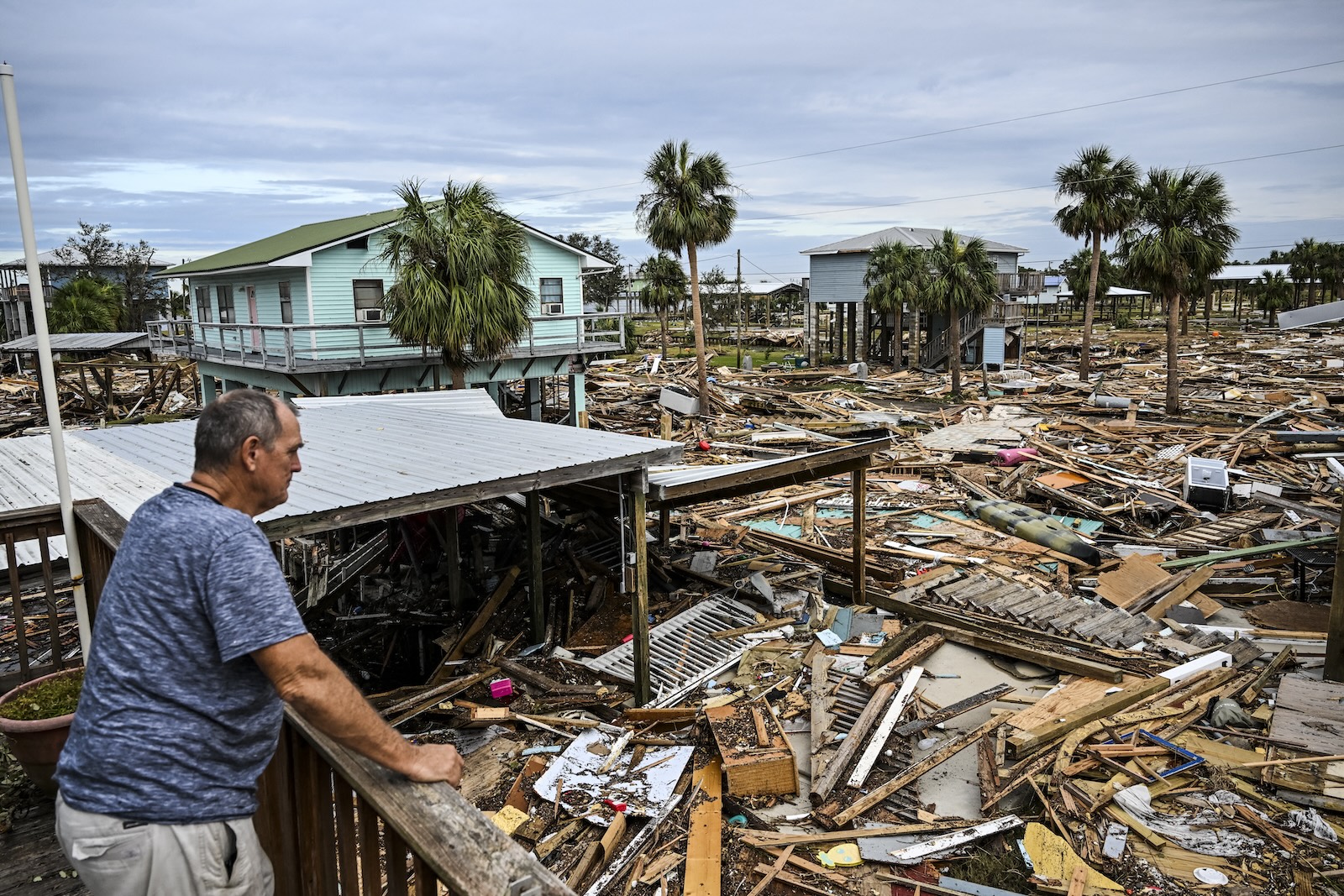Extreme weather seems to make the headlines almost every week, as disasters increasingly strike out of season, break records, and hit places they never have before.
Decades of scientific research has proven that human-caused climate change is making some disasters more dangerous and more frequent. The burning of fossil fuels like oil, gas, and coal releases carbon dioxide into the Earth’s atmosphere, where it traps heat, warms the planet, and alters the conditions in which extreme weather forms. These changes are happening more rapidly than at any time in the last 800,000 years, according to climate records.
Below, we break down what experts know — and what they don’t — about the connections between climate change and hurricanes.
Every spring, the Climate Prediction Center at the National Oceanic and Atmospheric Administration, or NOAA, releases its forecast for the upcoming hurricane season, which lasts from June 1 through November 30. The agency’s projections for the Atlantic Ocean — and the communities living along the United States’ Eastern and Gulf coasts — paints an increasingly grim picture: Most seasonal predictions are now what NOAA considers “above normal,” with more hurricanes forming and warmer ocean waters fueling these storms to rapidly intensify into larger, more dangerous ones. Smaller-scale climate trends, like the El Niño and La Niña climate patterns in the Pacific Ocean, can also influence hurricane season.
Hurricanes are intensifying at the same time that sea levels are rising, worsening the risks of flooding from dangerous storm surges. An unusual Pacific Ocean hurricane that hit Alaska in 2022, for example, caused a storm surge so powerful that a town 18 miles inland experienced major, unexpected flooding.
Hurricanes are also developing stronger wind speeds, going through rapid intensification, and growing wetter — dropping more rain when they make landfall — as ocean waters heat up and air becomes warmer, thereby holding more moisture. In 2024, 11 hurricanes formed in the Atlantic Ocean. Five strengthened to major storms, Category 3 or higher on the Saffir-Simpson Hurricane Wind Scale. Two of them — Beryl, which hit Houston in July, and Milton, which landed in Florida in October — peaked as Category 5 storms, the highest rating on the scale.
“We would have had zero Category 5 storms without human-caused climate change,” Daniel Gilford, a climate scientist, told Grist in 2024.

Hurricanes or tropical storms are also increasingly moving slowly or stalling over land, unleashing devastating wind and rain on communities for days at a time, rather than the typical hours. Hurricane Harvey in 2017, for example, hit Texas as a Category 4 storm and sat over the southeastern part of the state for nearly four days, dumping upwards of 50 inches of rain and causing widespread flooding.
As storms become more intense, some scientists have cautioned that the current hurricane rating system might need an upgrade. The Saffir-Simpson scale’s categories — which only measure wind speed — are no longer a good proxy for potential danger or damage. Several recent storms have either exceeded Category 5 wind speeds or packed a wallop in other ways, from devastating rain or storm surge, not measured by the system. Meanwhile, researchers at Louisiana State University have also found that the official length of hurricane season, starting in June and ending in November, may also need to be extended. In 2023, a storm was observed forming over warm ocean waters as early as January.


